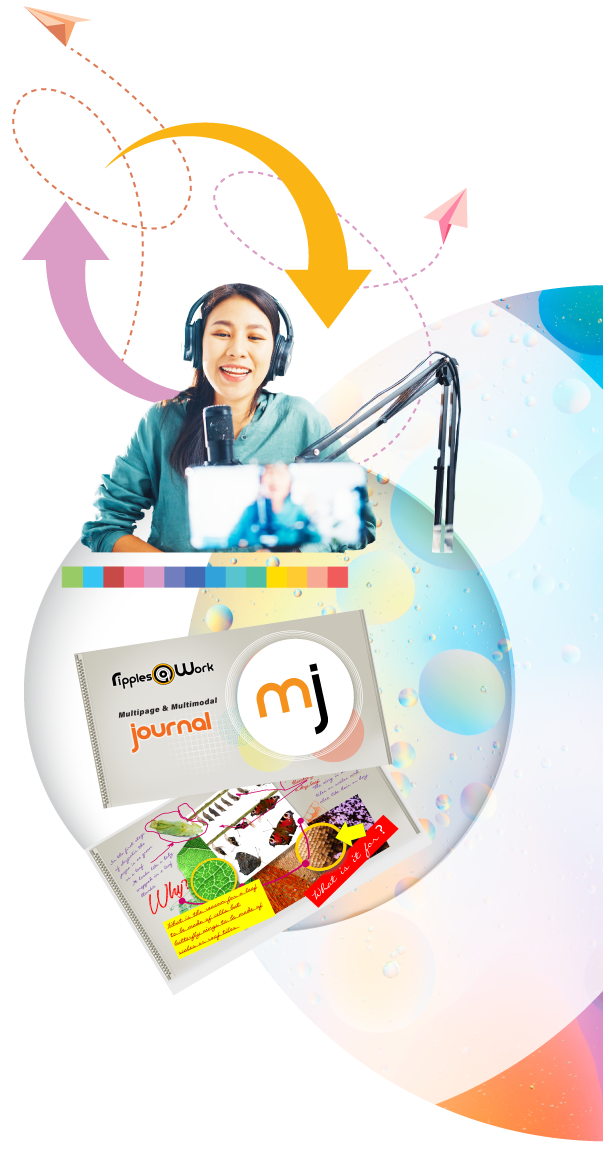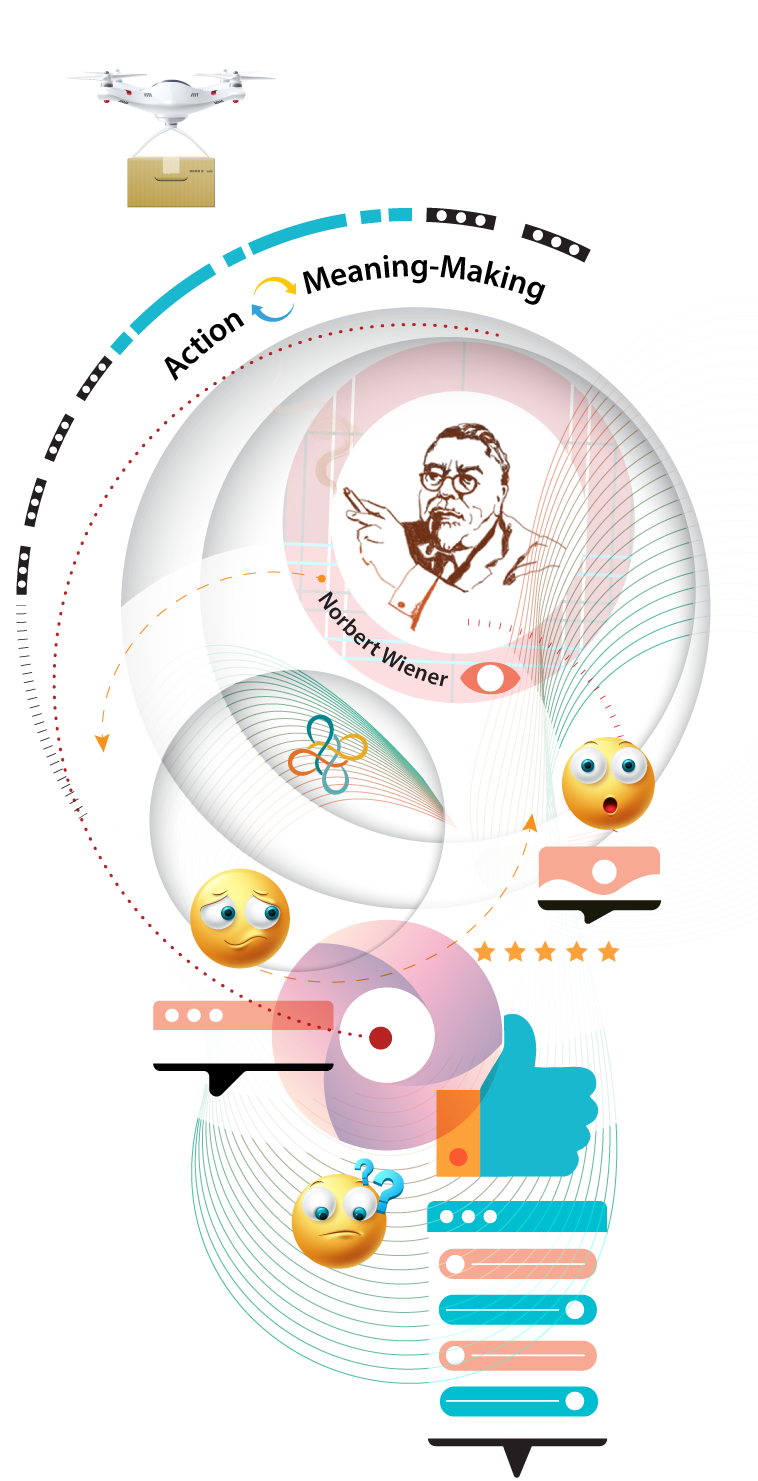Feedback Loops
‘Feedback is information about the task that fills a gap between what is understood and what is aimed to be understood.’
This is a definition of the sort of feedback that is widely practised in what Ripples@Work identifies as ‘normal’ education—within the framework of a prescribed curriculum and teaching for standardized tests. Feedback procedures have become a broadly recognized teaching tradition in the last few decades. It is recommended that the teacher identifies the gap(s) in the learner’s progression and ‘a concept of the standard being aimed for’ and suggests ‘appropriate action which leads to some closure of the gap.’ In other words, ‘feedback helps students to know where to go next.’
As we can see, feedback in teacher/student interactions is focused on a linear progression where the teacher communicates a standard goal and instructs students on what actions to take in order to close the gap between what they know and what they are supposed to know to pass the standard test. The individual preferences of the learner, such as curiosity, interests, imagination, personal concerns or affinities, play no role in reaching the standards. Moreover, they can be considered negative if they divert the learner’s attention from studying for the prescribed test.
In Ripples@Work, feedback loops (FL) are not an instructional device. Rather, they establish the fundamentally different dynamics of R@W learning and the direction the learning takes. The concept of FL stems from the interdisciplinary science of cybernetics, which studies the communication and control systems used naturally by living organisms, adopted by social organizations and utilized in the logic of machines. This cybernetic principle of communication and control, by means of FL, lies at the foundation of the R@W learning system.
Norbert Wiener, the father of cybernetics, described learning as self-reorganization of the patterns of performance based on reflective sense-making.
In other words, the R@W learner is in control of his or her learning. This control system is based on the learner’s communication with the NST (natural, social, and technological) surroundings. In the context of R@W learning, the learner’s communication includes finding and reading new information, presenting and discussing it with the learning group, friends and family, conducting interviews, contacting specialists, visiting museums, and other places relevant to the task, setting up observations and experiments, constructing and trialing, representing and discussing the process of data generation.
In R@W, every one of these actions requires self-reflection in the form of multimodal journal daily entries. This engages the learner in a process of critical evaluation of what he/she knew before and how it has changed through the process of reading, discussing, observing, interviewing, experimenting, trialing, etc. In other words, the learner is engaged in continuous feedback looping, consisting of action and meaning-making from these actions, which results in the most organic learning.
In R@W, this dynamic is represented as action (A)/meaning-making (MM) reflections as:

The learner doesn’t wait for the teacher to provide him or her with regular feedback to instruct them on what to do next to follow fixed standardized sequential procedures. The learner develops an intuitive sense of how to proceed, led by his or her individual curiosity and interests and the application of his or her natural gifts, engaging in activities meaningful to him or her but always aware of how their ideas and actions benefit their learning group, the community, or a larger group of people.
The circularity of the recurring feedback loops, described by Wiener as ‘the property of being able to adjust future conduct by past performance,’ is the dynamic force of the R@W system of learning.
To tailor Wiener’s words to the purpose of R@W learning, we can say that the purpose of R@W learning is for the learner to develop a repertoire of individual knowledge, communication skills, and strategies that will enable them to maintain confident control over their future.


